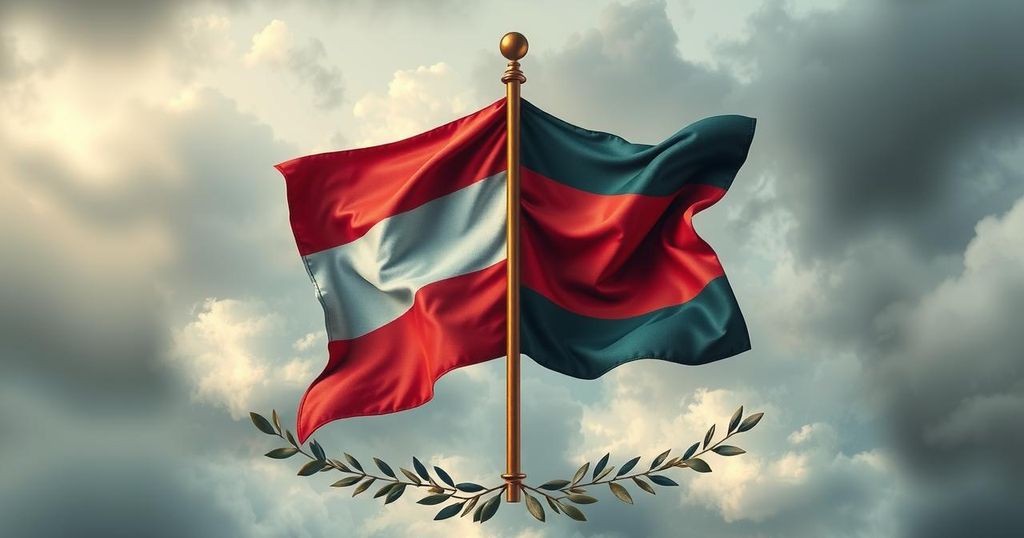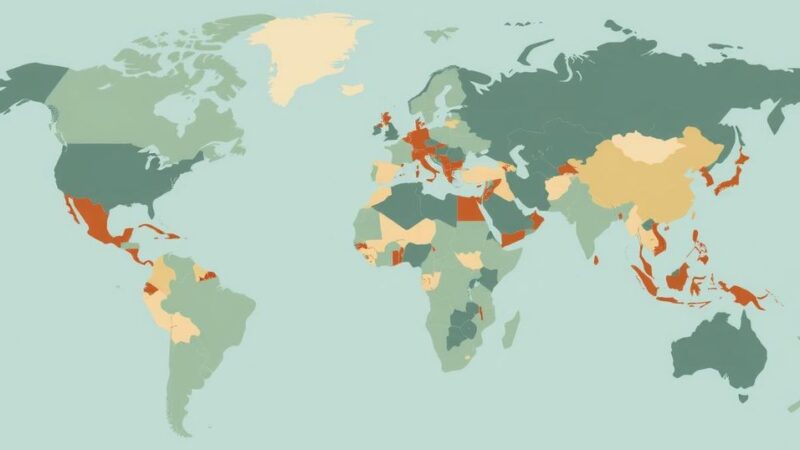The recent fall of Bashar al-Assad marks a pivotal moment in Syria’s enduring conflict, rekindling hopes for democracy following a devastating civil war initiated by the 2011 revolution. The regime’s oppressive legacy fueled armed resistance, while Islamist groups like Hayat Tahrir al-Sham dominate the current landscape, prompting both hope and concern. Amid dire conditions, Kurds seek to safeguard their autonomy, highlighting the need for unified, non-sectarian movements against external influences.
The Assad regime in Syria, dominated by the al-Assad family for over 50 years, was marked by brutal anti-democratic practices that benefited a tiny elite while impoverishing the majority. Following austerity measures that left one-third of Syrians living below the poverty line, a wave of protests erupted in 2011 after government repression against youths advocating for change. The regime’s violent crackdown on protests led to civil war, extensive foreign involvement, and widespread atrocities, transforming the movement into a sectarian conflict.
By December 2023, the regime’s collapse was not driven by popular uprising but rather by disintegration from within. The Syrian army’s failures and defections highlighted the regime’s erosion of support, primarily maintained through fear and foreign alliances. Massive public celebrations marked Assad’s fall as citizens rallied against the remnants of his regime, hoping to revive democratic aspirations rooted in the 2011 revolution, despite the dire socio-economic conditions.
Hayat Tahrir al-Sham (HTS), an Islamist group that emerged in Idlib and gained prominence since 2015, presents a complex political landscape amid Assad’s downfall. Although HTS has made concessions to appease the populace, such as allowing church services and university access for women, they maintain a firm grip on power, demonstrating crony capitalist tendencies. The group’s promises of democracy have raised skepticism, especially concerning their authoritarian inclinations and failure to hold genuine elections.
The Kurdish population in Syria, historically marginalized and oppressed, played a strategic role during the civil war. However, their participation in the 2011 revolution was limited, leading to their current partnership with the U.S. against ISIS while facing threats from Turkey and the Syrian National Army. The Kurdish movement remains crucial for forming a non-sectarian popular uprising, emphasizing the need to unify opposition against foreign interference.
Following Assad’s fall, regional implications are significant, particularly concerning Palestine. While there is concern over potential Israeli aggression post-Assad, the Assad regime’s commitment to Palestinian liberation was inconsistent. The historical trajectory implies that true support for Palestinian rights requires grassroots movements challenging authoritarian regimes and imperialistic forces in the region, making the current situation a potential catalyst for renewed revolutionary spirit in the Arab world.
The civil war in Syria has been ongoing since 2011, stemming from popular uprisings against the oppressive rule of Bashar al-Assad. This regime was characterized by decades of systemic corruption, economic hardship, and severe human rights violations. The conflict has drawn in various domestic and foreign players, further complicating the already fragmented socio-political landscape of the region. As Syria enters a new phase following Assad’s recent fall, questions arise about the future direction of governance and the potential for democratic reforms.
The downfall of the Assad regime opens new avenues for civic participation and aspirations for democracy in Syria. Groups like HTS are attempting to consolidate power, yet their authoritarian practices conflict with public desires for reform. The Syrian Kurds face continued threats but represent a vital sector for opposition unity. Overall, the regional landscape may shift further toward grassroots democratic movements, echoing sentiments from the earlier Arab Spring and inspiring renewed efforts for liberation across the Middle East.
Original Source: solidarity.net.au






